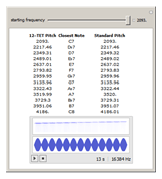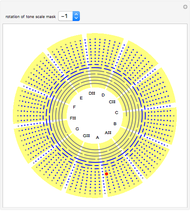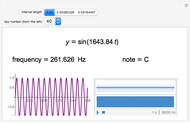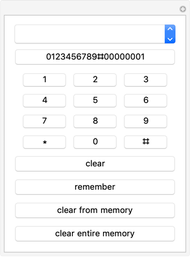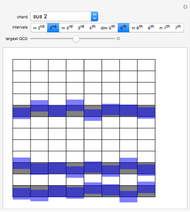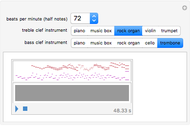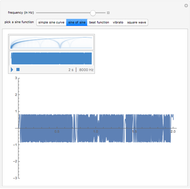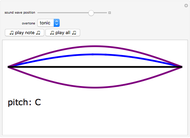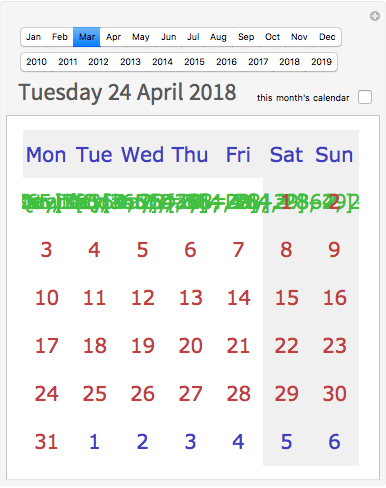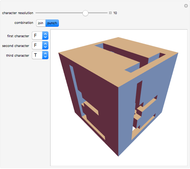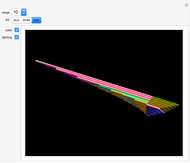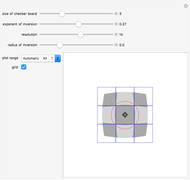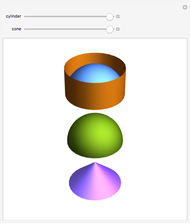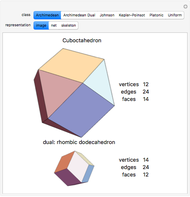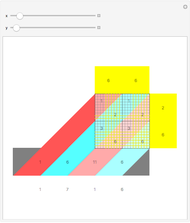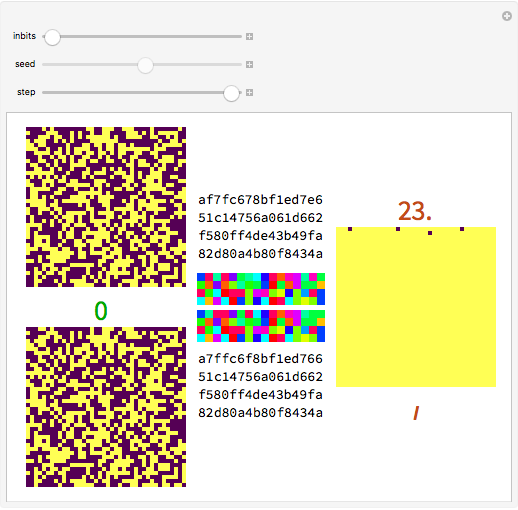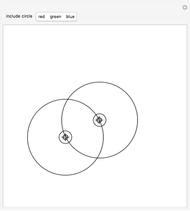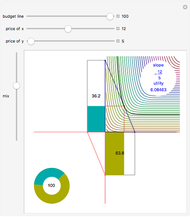Twelve-Tone Equal-Tempered Scales

Requires a Wolfram Notebook System
Interact on desktop, mobile and cloud with the free Wolfram Player or other Wolfram Language products.
Though people commonly talk about, for instance, the C major scale or the  minor scale, in practice there are many ways to define a musical scale. A musical scale is essentially just a collection of frequencies that are assigned names such as
minor scale, in practice there are many ways to define a musical scale. A musical scale is essentially just a collection of frequencies that are assigned names such as  ,
,  , F, and so on—these named frequencies comprise the notes or tones of the scale and the distances between any two frequencies make up the intervals of the scale. The octave is a particularly useful interval for tuning purposes and is defined as the interval between one note and another with double or half its frequency.
, F, and so on—these named frequencies comprise the notes or tones of the scale and the distances between any two frequencies make up the intervals of the scale. The octave is a particularly useful interval for tuning purposes and is defined as the interval between one note and another with double or half its frequency.
Contributed by: Rob Morris and Michael Schreiber (March 2011)
Open content licensed under CC BY-NC-SA
Snapshots
Details
Permanent Citation



